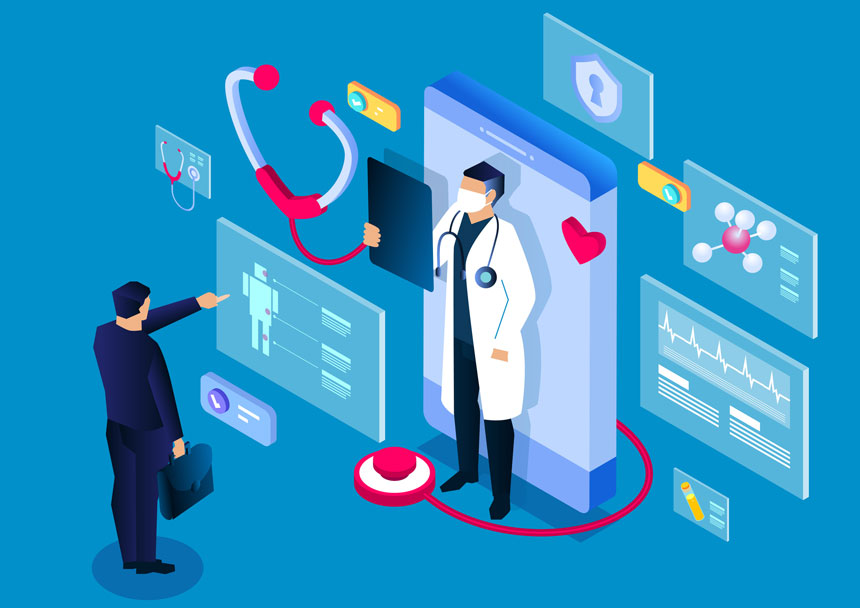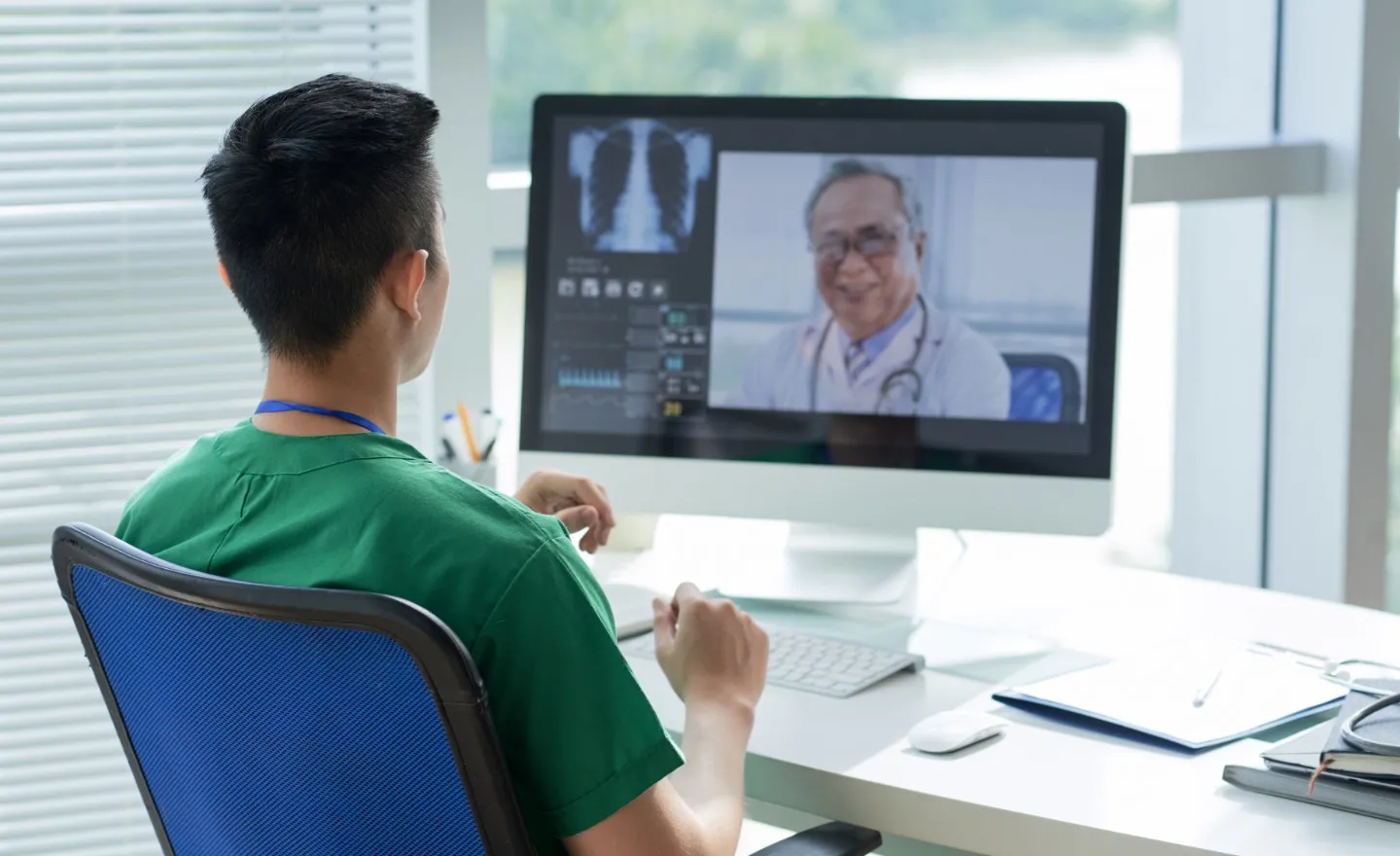
Telemedicine sessions can be classified as interactive, store-and-forward, or remote patient monitoring. Using interactive medicine, patients and physicians can communicate in real-time via video calls, while using remote monitoring Nu Image Medical, clinicians can communicate with patients and record health measurements. By storing and forwarding telemedicine, physicians do not have to meet patients in person. Medical images and reports are sent directly to them.
Telemedicine has been around since the advent of telecommunication technology. Technology advances have led to an increase in the affordability and availability of telemedicine tools since then. As a result, Nu Image Medical clinics can use telemedicine to treat patients living far away and implement it as a primary delivery method. Even though telemedicine and telehealth sound alike, they are not the same.
A rapid pace of technological innovation has led to the emergence of new terms in health care during the last decade. However, policymakers and auxiliary medical groups must often learn what they mean. This has resulted in an overlap between these terms. There have been several decades of coexistence between telehealth and telemedicine; therefore, people often refer to them as one or the other.

While they share some features, they differ a great deal. Telemedicine means healing through distance. In contrast, telehealth uses electronic information and telecommunications technology to facilitate long-distance clinical health care, professional and patient education, public health, and administrative health care. Despite being a relatively new branch of health care, telemedicine is a real deal.
The telemedicine field has expanded into new avenues of medical care, including chronic treatment delivery, in this era, as hospitals, clinics patients, and independent practitioners embrace the new treatment method. The benefits of telemedicine include easy access to preventive care. Patients can also access emergency care, which improves their health outcomes. Telemedicine also bridges the gap between patients with limited access to care and those with more access to care.






